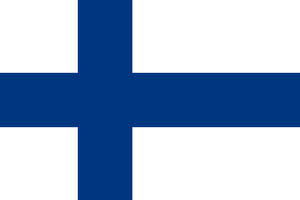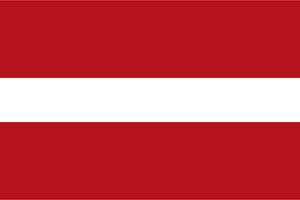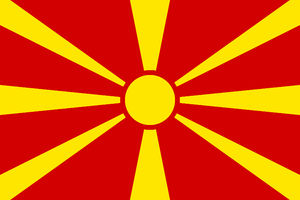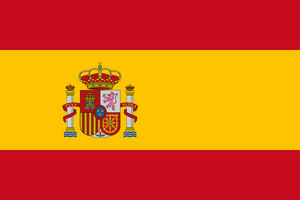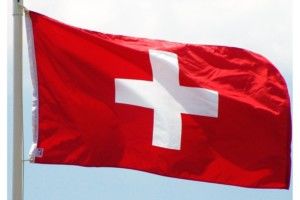What is Europe?
European Apostolic Leaders (EAL) is a pan-European movement, so we must be conscious of what Europe is. There are many ways to define Europe: Geography, history, culture, ecoomics. politics, religion etc. Europe encompasses somewhere between 48 and 55 nations. The population within the standard physical geographical boundaries was 740 million in 2010 according to the United Nations.
The list below includes all entities falling even partially under any of the various common definitions of Europe, geographical or political. Fifty sovereign states are listed with territory in Europe and/or membership in international European organisations, six states with limited or no recognition and eight areas that are not integral parts of a European state or have special political status.
Under the commonly used definition, the border between Asia and Europe stretches along the Ural Mountains, Ural River, and Caspian Sea in the east, the Greater Caucasus range and the Black Sea, with its outlets, the Bosporus and Dardanelles, in the south. Based on that division, Azerbaijan, Georgia, Kazakhstan, Russia and Turkey have territory both in Europe and Asia.
Using the membership states in Organization for Security and Co-operation in Europe (OSCE) as a criteria for «European-ness», combined with the historic membership within the old Sovietunion, then Uzbekistan, Turkmenistan, Tajikistan, Kyrgyzstan and Kazakhstan would also be ragerded as a part of Europe - historically, culturally and politically.
The island of Cyprus in Southwest Asia is approximate to Anatolia (or Asia Minor) and is on the Anatolian Plate but is often considered part of Europe as a current member of the European Union (EU). Armenia is entirely in Southwest Asia but is a member of certain European organisations.
Although the Mediterranean Sea provides a clearer divide between Africa and Europe, some traditionally European islands such as Sicily and Malta are located on the African continental plate. The island of Iceland is part of the Mid-Atlantic Ridge, straddling the Eurasian Plate and the North American Plate.
Some territories geographically outside Europe have strong connections with European states. Greenland has sociopolitical connections with Europe and is part of the Kingdom of Denmark, but is grouped with the continent of North America.
Other territories are part of European countries but are geographically located in other continents, such as the French overseas departments, the Spanish cities of Ceuta and Melilla on the coast of Africa, and the Dutch Caribbean territories of Bonaire, Saba and Sint Eustatius.
















